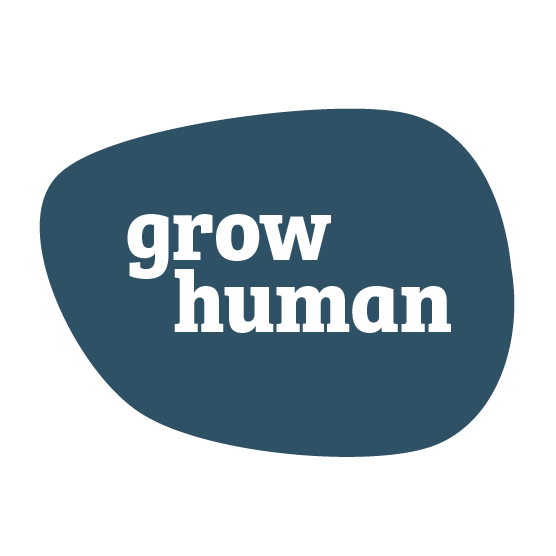When it comes to brainstorming in innovation processes, people often think of a group of people getting together in a room and using creative brainstorming methods and lots of post-it notes. But the truth is that the best ideas emerge overnight, in the shower or while walking the dog, ...
It's time to rethink the ideation process and introduce asynchronous phases in the ideation process.
In this impulse session, that was held at the New Rules for work Symposium, we will take a closer look at a practical example of an asynchronous design thinking process for sustainability in product development and give some ideas on how an asynchronous process can look like using digital facilitation techniques.
Watch the video here:
Write your awesome label here.
You’ll find the whiteboard with the slides here and can leave comments and questions.
If you are interested in participating in the asynchronous workshop mentioned at the end of the session, here is the registration link to get more information about it.
Short summary of the key points in the video
- The best ideas can emerge overnight, and the rapid eye movement phase of sleep is a time when the brain connects dots and makes associations unconsciously.
- Creativity is often about connecting two different things and making something new, and this process can happen during sleep.
- When we wake up in the morning, ideas can pop up that were not present the day before.
- The ideation process should begin with good research, talking with customers or users, and generating insights to define the real problem.
- The process of ideation is not linear and can involve going back and forth between inspiration, digestion, ideation, and selection.
- The synchronous approach to ideation typically involves bringing a group of people together for a set amount of time and using different methodologies to generate ideas, but this approach can be improved by allowing more time for inspiration and digestion.
- The asynchronous approach allows for a more flexible process of inspiration, digestion, ideation, and selection, because individuals can take the time they need to engage in each stage.
- The asynchronous approach also allows for a more in-depth exploration of the problem and the generation of more thoughtful and well-considered ideas, because individuals can spend more time on the inspiration and digestion stages.
Summary generated automatically with help of AI, https://aitag.ai/id/1000000022
growhuman exists to help people work together easier and better.
We believe that people are happier at work and in life when they're enabled to realize their full potential and work more effectively. These people are the foundation for the success of any business.
Technology can be extremely helpful for this. We just have to manage to use it in the right way.
Write your awesome label here.

